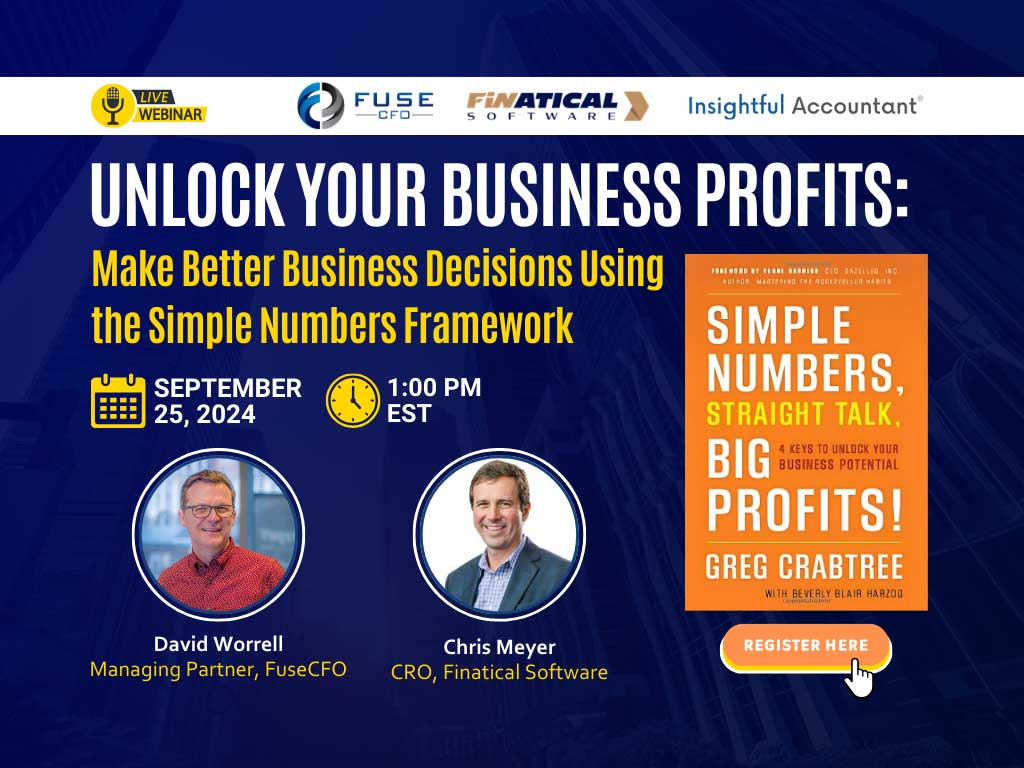
Why Mergers Fail: The CFO Role can Make or Break an M&A Deal
[by guest blogger Jim Szakacs]
At a recent executive networking event, I recognized several high-flying CFOs I envied years ago. These were the dealmakers, the financiers that were sought after by the private equity firms and investment bankers.  But here they were trying to expand their networks as they explained that they were “in transition”. After a big “deal” many of them found themselves being offered a “package” by a disillusioned board and/or impatient investment sponsor. What went wrong and why was the CFO shown the door?
But here they were trying to expand their networks as they explained that they were “in transition”. After a big “deal” many of them found themselves being offered a “package” by a disillusioned board and/or impatient investment sponsor. What went wrong and why was the CFO shown the door?
Deals, Deals, and more Deals
According to Fortune, the total amount of mergers and acquisition activity exceeded $3.5 trillion globally in 2014, up 47% from 2013. Since 2008, overall deal activity has been on the rise annually and with many cash-rich companies and continued low interest rates, the M&A environment for 2015 seems promising. Now, more than ever, organizations, and the CFO in particular, need to ensure both a successful M&A initiative and increased shareholder value.
Despite the available opportunities, KPMG’s global research report “Unlocking Shareholder Value: The Keys to Success” stated that 83 percent of mergers have failed to result in increased shareholder value. What are the reasons for these dismal results? There is often a breakdown between in one of these key areas:
- increased market share,
- new products or services,
- new geographical markets, and/or
- gaining control of the supply chain.
Avoiding/Reducing Deal Failures
CFOs are in a unique position to contribute significantly during the M&A transaction process and, ultimately, influence the success of the deal. From the identification of a target through due diligence to post-close execution, CFOs are typically team leaders that monitor shareholder value before, during and after a deal. Significant research has identified many of the reasons for disappointing results, but few have identified solutions. Three common culprits are:
- inadequate pre-close planning
- an inability to bridge organizational cultural differences and,
- poor post-close execution
The CFO can often steer the organization away from these deal killers and meet the expectations of the deal.
As risk managers, CFOs must lead the strategic execution of the transaction in order to realize improved shareholder value. Or, more importantly, identify the Shareholder Value at Risk (SVAR). Although it is impossible to avoid all risk in an M&A transaction, it is possible to manage or mitigate risk. In addition to calculating and monitoring the SVAR, CFOs should assess the risks related to intellectual capital available internally to successfully manage the integration.
The CFO is often expected to think-and act like-an operating partner, not just the finance guy. Today’s CFO is often responsible for IT, marketing, HR, and operations. For CFOs who have spent a career playing with the numbers, it feels like a recipe for failure. But with the right planning and strategy, success does not need to be elusive.
Barriers to Deal Success
Inadequate pre-close planning:
During the pre-close planning phase CFOs drive the financial models and pricing structure. Additionally, they should focus on the possibility of personnel flight, supply-chain inefficiencies, disruptive bank terms and negotiations, earn-outs, and legal disputes, among other potential risks. Unfortunately, too often deal objectives are not explicitly identified and an integration strategy is overlooked. A key component of the planning process is having a defined plan with an objective to deliver on the deal’s original business plan.
Dealmakers are often shortsighted and seek a quick return on investment. According to Katie Moore, vice president at a private equity investment management firm, the key to deal success is “thinking about long term value, rather than very short term value.” CFOs are in a unique position to address risks to shareholder value such as reduced return on equity, poor quality of earnings, or restricted cash flows.
Inability to bridge cultural differences:
Cultural differences are often recognized but ignored or completely overlooked. Those responsible for cultural assessments can easily misidentify what is fundamental or essential to the organization’s culture and, therefore, develop an inappropriate cultural integration plan. At the same time, the CFO is often responsible for the HR function and underestimates the impact on deal success. Engagement with the acquired staff both early and often is one of the most practical ways to break down cultural differences. Cultural assessments and diagnostics, often considered an unnecessary step in the process, frequently reap unexpected insights.
Poor post-close execution:
The post-close execution process is by far the largest contributor to disappointing M&A results and can significantly diminish shareholder value. Unfortunately, many simply hope the post-close execution phase is a success, but hope is not a strategy. By its very nature, large deals, in excess of $20 billion, experience more difficult challenges and historically realize lower than expected shareholder value. But despite the size of the deal, the integration program is critical to success.
Keys to Deal Success
The most important key to any successful M&A strategy is the approach to planning and operational integration. The traditional approach is to; avoid risk, close the deal quickly, reduce redundant operations, and complete checklists & templates. An integrated approach ensures; risks are managed, close the deal when the organization(s) is ready, find breakthrough opportunities rather than seek reductions, and engage the senior leaders rather than follow checklists that may not be applicable. Those responsible for developing the M&A strategy in the first place are also responsible for developing a path to success. According to Richard Rincón, a private equity investor, “I think a lot of deal makers get caught up in wanting to get the deal done, but then 100 days after closing their head is somewhere else.”
Change management within a single organization is difficult, but managing change across multiple organizations simultaneously is often doomed from the start by inadequate or inexperienced resources. Education, Training, and Communication (ETC) on changes in the new business model will allow all employees to begin the change process to adapting to a new environment, and CFOs are often in the best position to lead the charge. The CFO alignment comes through the achievement of the defined synergies, managing the integration with a defined budget and integrating the business into the normal finance functions.
A successful merger integration that improves shareholder value does not have to be elusive. CFOs that address risks with a clear strategy focused on pre-close planning, organizational culture integration and post-close execution can achieve improved shareholder value from a successful deal.
Guest blogger Jim Szakacs is the CFO at TayganPoint Consulting Group, a strategic management consulting firm based out of Lambertville, NJ.


